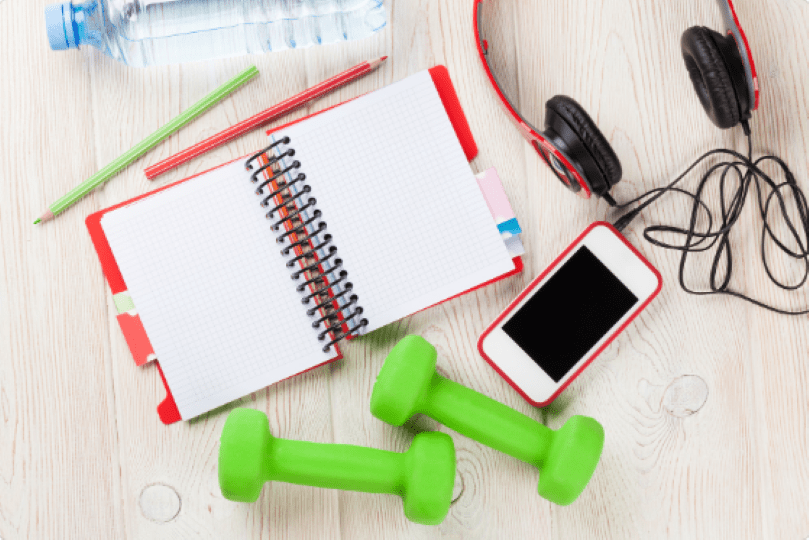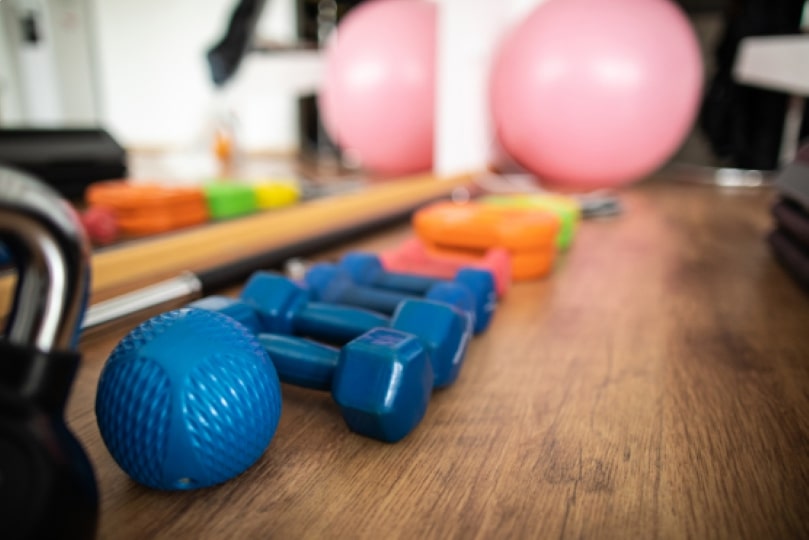Back pain is a common issue affecting millions of people worldwide. It can be caused by a variety of factors, including poor posture, muscle strains, and injuries. Physical therapy exercises can be an effective way to relieve back pain and improve mobility. Here are six physical therapy exercises that can help alleviate back pain.
Cat and Cow Stretch

The cat and cow stretch is a simple exercise that can help relieve tension in the back muscles. To perform this exercise, start on your hands and knees with your hands directly below your shoulders and your knees directly below your hips. Inhale and arch your back, bringing your tailbone towards the ceiling and looking up towards the ceiling. This is the cow stretch. Then, exhale and round your back, bringing your tailbone towards the floor and looking down towards your belly button. This is the cat stretch. Repeat this movement for 10-15 repetitions.
Pelvic Tilt
The pelvic tilt is an exercise that can help strengthen the lower back muscles. To perform this exercise, lie on your back with your knees bent and feet flat on the floor. Tighten your abdominal muscles and press your lower back into the floor. Hold for 5-10 seconds and then release. Repeat for 10-15 repetitions.
Hamstring Stretch

Tight hamstrings can contribute to back pain by putting additional strain on the lower back muscles. To perform this exercise, lie on your back with your legs straight. Lift one leg up towards the ceiling and hold onto your thigh or calf. Keep your other leg on the floor. Gently pull your leg towards your chest until you feel a stretch in the back of your thigh. Hold for 15-30 seconds and then switch legs. Repeat for 2-3 repetitions on each leg.
Bridging
The bridging exercise can help strengthen the lower back, buttocks, and thigh muscles. To perform this exercise, lie on your back with your knees bent and feet flat on the floor. Tighten your abdominal muscles and lift your hips off the floor until your body forms straight from your shoulders to your knees. Hold for 5-10 seconds and then lower back down. Repeat for 10-15 repetitions.
Wall Squats
Wall squats are a simple yet effective exercise that can help strengthen the lower back, buttocks, and thigh muscles. Stand with your back against a wall and your feet shoulder-width apart to perform this exercise. Slide down the wall until your knees are bent at a 90-degree angle. Hold this position for 10-20 seconds, then slide back up the wall. Repeat for 10-15 repetitions. Incorporating wall squats into your regular exercise routine can help improve your overall back strength and mobility.
Seated Spinal Twist
The seated spinal twist can help improve mobility in the spine and relieve tension in the back muscles. To perform this exercise, sit on the floor with your legs straight out in front of you. Bend your right knee and place your foot on the outside of your left knee. Place your right hand on the floor behind you and twist your torso to the right. Hold for 15-30 seconds and then switch sides. Repeat for 2-3 repetitions on each side.
Not all exercises are suitable for everyone, and it’s important to consult with a physical therapist or healthcare professional before starting any exercise program. Additionally, if you experience pain or discomfort during an exercise, stop immediately and consult your healthcare provider.
Conclusion
Back pain can be a debilitating condition that affects millions of people worldwide. However, with the right physical therapy exercises, it is possible to alleviate pain and improve mobility. The six exercises outlined in this article, including the cat and cow stretch, pelvic tilt, hamstring stretch, bridging, wall squats, and seated spinal twist, are effective ways to strengthen muscles, improve mobility, and relieve tension in the back. As with any exercise program, it is important to consult a healthcare professional before starting and listen to your body to avoid further injury.






